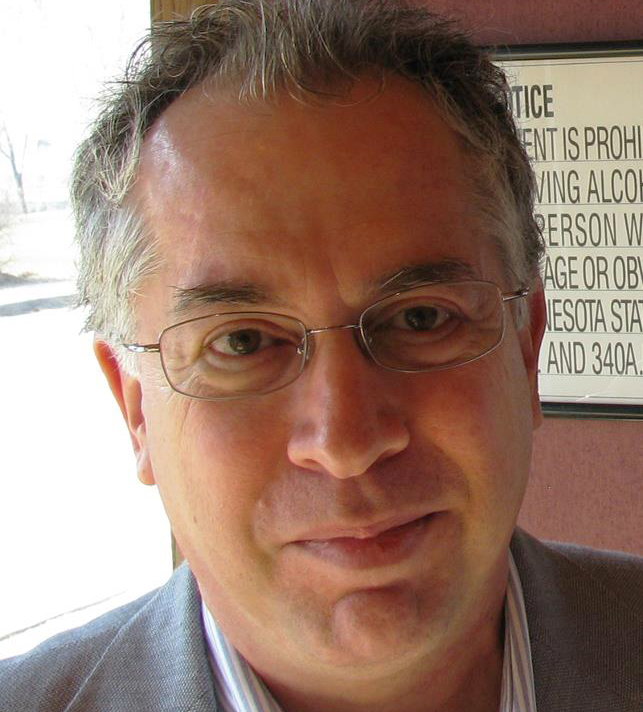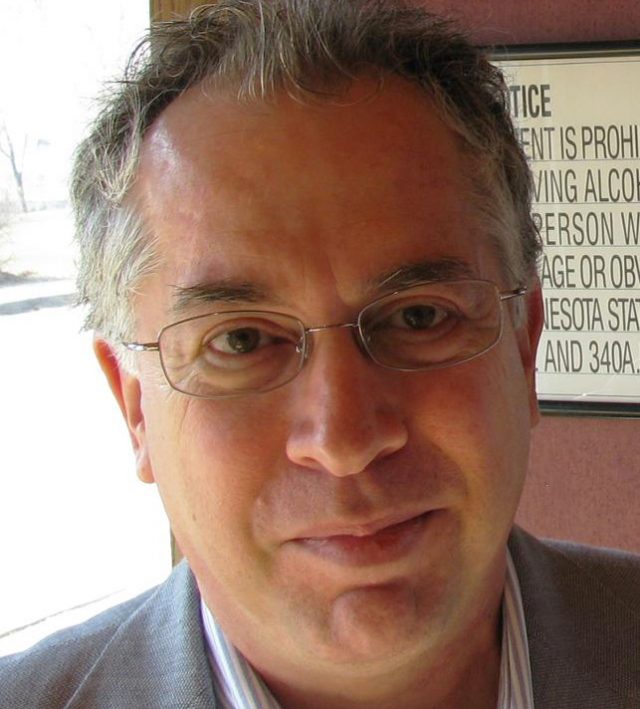 Pat Bellanger travels on
Pat Bellanger travels on
On April 2, Pat Bellanger, one of the
stalwart leaders of the American Indian Movement (AIM), went to the
spirit world. Raised on the Leech Lake Indian Reservation, she was
72.
I met Pat in the late-1970s, when I
started writing for The Circle and traveling around Indian Country.
She was always friendly, encouraging and helpful. A mutual friend
remarked, during the wake for Pat at the Minneapolis American Indian
Center, “I never heard her complain about anything."
“For years, she was the leading
female spokesperson for Indian causes. She was known as Grandmother
AIM,” Larry Leventhal, a legal champion of the Indian community,
told the Star Tribune.
And Bill Means, a fellow board member
of the International Indian Treaty Council, told the newspaper: “She
was renown at a grass-roots level all the way to an international
level for her ability to communicate the issues of indigenous people,
and indigenous women as well.”
Pat leaves a legacy of struggle for
Indian treaty rights and environmental justice. May her memory always
be a blessing for her loved ones.
Recovering Pe’Sla
The Indian Land Tenure Foundation
(ILTF), which works to recover Indian lands that have been taken out
of tribal control by hook and crook over the years, hosted a
celebration April 23 at the Minnesota History Center. The group’s
motto is “Indian Lands in Indian Hands.” David Garelick, the
foundation’s corporate relations officer, invited me to the event.
In the spacious hallway amid the
exhibition spaces – one of which features the works of renowned
Ojibwe artist George Morrison – speakers honored the efforts of
four Sioux tribes in the recovery of Pe’Sla, a sacred site in the
Black Hills.
I was only vaguely aware of Pe’Sla
before attending the April celebration. Briefly, this area, known as
“The Heart of Everything,” is one of the five holy sites of the
Oceti Sakowin (Seven Council Fires of the Sioux Nation), according to
Cris Stainbrook, ILTF president.
In 2012, 1,944 acres of Pe’Sla came
up for auction; the area is within the 1968 Fort Laramie Treaty, in
which all of present-day South Dakota west of the Missouri River,
including the Black Hills, was reserved for the Great Sioux Nation.
In 1874, Gen. George Armstrong Custer led an expedition into the
Black Hills and the discovery of gold led to prospectors streaming
into the hills, and the abrogation of the treaty by U.S. authorities.
Pe’Sla ended up in private hands.
Fast-forward to the 21st century, and
Sioux tribes seized the opportunity to regain control of Pe’Sla —
through a real estate deal. The foundation event, which took place
with the Minnesota Capitol in the background, celebrated the efforts
of the Crow Creek Sioux Tribe; the Rosebud Sioux Tribe; the Standing
Rock Tribe; the Shakopee Mdewakanton Sioux Community; and Mark
VanNorman, a lawyer working on behalf of the tribes, to recover
Pe’Sla.
Stainbrook discussed the main land
purchase, in 2012, and two subsequent deals, including the recent
purchase of homestead acreage, which brings the lands back in tribal
hands to around 2,300 acres. “We have reintroduced buffalo to
Pe’Sla,” noted Stainbrook, “after being away for 120 years.”
The keynote speaker was Henry Buffalo,
Jr., an eminent legal mind in Indian country who has served as
counsel for the Red Cliff and Fond du Lac Ojibwe bands. He also was
the first executive director of the Great Lakes Indian Fish and
Wildlife Commission.
Buffalo talked about Indian treaty
rights, and stressed that education is key to promoting understanding
of the basics of federal Indian law among the general public. He
pointed out that tribal rights predated the establishment of the
United States; European nations treated the tribes as sovereigns, in
the time before the U.S. came into existence as a nation.
He mentioned the troubled, post-1983
Voigt decision history — the so-called “Wisconsin Walleye War”
— and that “many people were reacting ignorantly,” when tribal
members exercised their hunting and fishing rights. Non-Indians
instigated riots at northern Wisconsin boat landings.
After litigating tribal treaty right
for 30 years, Buffalo commented, “I still get some blank stares
when I talk about this history.”
The Indian Land Tenure Foundation
(iltf.org) event also included talks by Kurt BlueDog, who has been
negotiating the transfer of Pe’Sla land into a tribal trust, and
Keith Anderson, vice-chair of the Shakopee Mdewakanton band. Anderson
noted the irony of the tribes buying back land that is rightfully
theirs by the terms of the 1868 Ft. Laramie Treaty.
I’d like to visit Pe’Sla, and write
more about this significant achievement in tribal land recovery.





